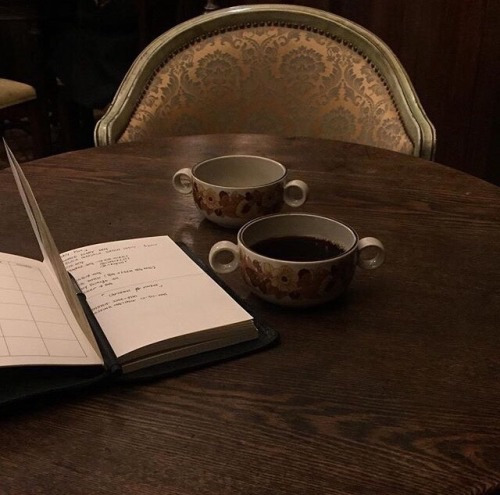Text

The Meaning of Social Security mural by Ben Shahn. Location: Wilbur J. Cohen Federal Building, Washington, DC
20 notes
·
View notes
Text

Dress
c. 1850
Litchfield Historical Society
223 notes
·
View notes
Text


Blue Dress with Velvet Panel
c. 1889
Label: Mme Amédée François / Robes & Confections / 76, Rue Truve des Petits Champs (Paris)
Albany Institute of History & Art
691 notes
·
View notes
Text
only real springheads know about tipping their face up to the sun and enjoying a gentle breeze and birdsong
10K notes
·
View notes
Text
moment of unspeakable beauty today when one of my coworkers called another coworker "judas" for not splitting a can of white monster with her, and i got to watch the guy who sits next to me open a new google tab, type in "jeudis," and say quietly to himself "french thursday...?"
24K notes
·
View notes
Text

1922 Crossing guard Mr. Cannell shepherds children across the road at Tufnell Park, London. From Old London Photos, FB.
97 notes
·
View notes
Text






A Joseph Horne Co embellished satin evening gown
c. 1911-1913
Pennsylvania
Kerry Taylor Auctions
667 notes
·
View notes
Photo

Ornate Smith and Wesson New Model No. 3 revolver crafted by Tiffany and Co., late 19th century.
Currently on display in the Metropolitan Museum of Art.
9K notes
·
View notes
Photo

Thomas de Keyser, Frederick van Velthuysen and his wife, Josina, detail, 1636
9K notes
·
View notes
Text

Rijksmuseum Research Library, Amsterdam (published online on January 29, 2025)
3K notes
·
View notes
Text
Today's Seal Is: Press X To Break Out
3K notes
·
View notes



















